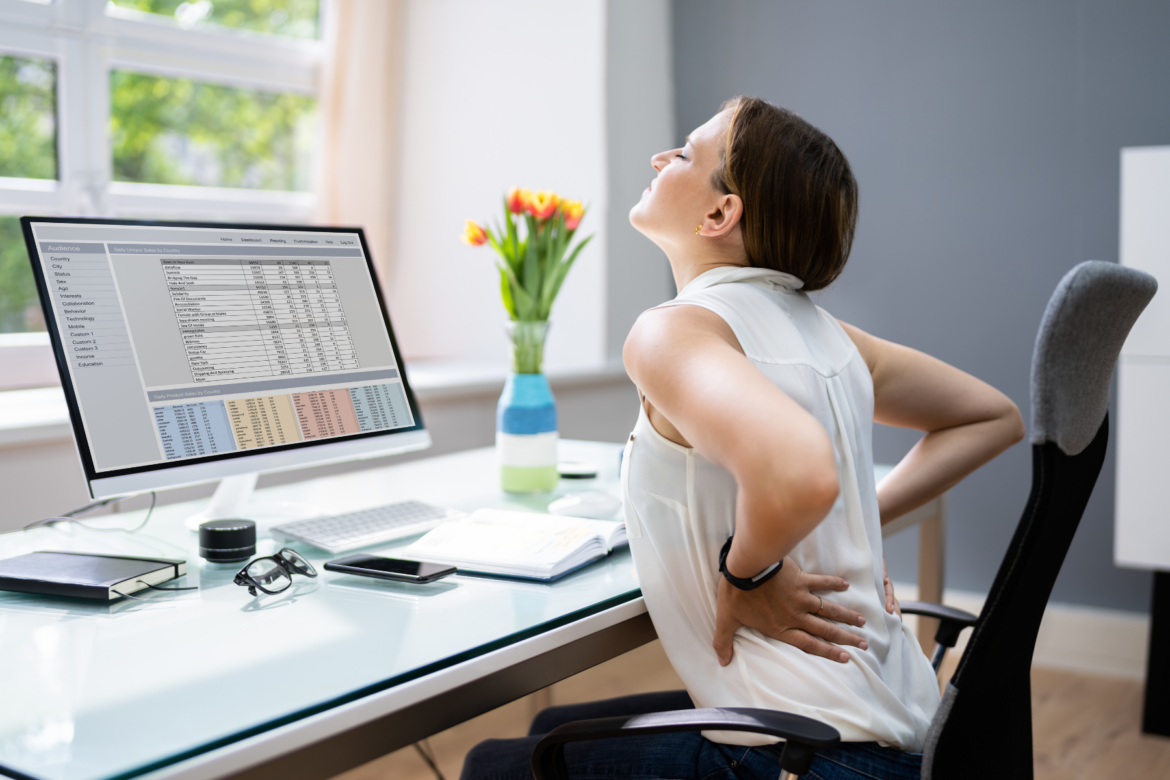Help! My Back “goes out” Every Year
Every year, oftentimes through gritted teeth or grimaces of pain with almost any movement, countless people utter the phrase “I threw my back out again.” These repeat, acute onsets of low back pain that often resolve within days, weeks, or even months can be frustrating and debilitating. These onsets can occur after heavy lifting or repetitive activities, but sometimes just bending over to tie a shoe can result in a new onset of pain. This begs the question; what does it mean to “throw out your back” and how can you help prevent it from happening again?
What happens when you “throw out” your back?
I will preface this by saying each patient should always be treated as an individual, with a thorough evaluation and assessment done by a health care professional to rule out other possible causes for the pain. However, for these types of injuries, often, times it is due to a lumbar muscle strain and spasm resulting in severe pain. These spasms cause a pointed or diffuse pain along the lower back and can even result in some referred pain in the gluteal area and hips. However, as previously stated, a thorough evaluation should always be done to rule out any disc or further joint involvement for these injuries.
Why does this happen and what can I do to help prevent it from happening again?
1. Core Weakness
In general, the core works in multiple facets including (but not limited to); supporting the spine, improving posture, and helping with lifting mechanics. Weakness throughout these muscles can result in higher stress levels through the lower back musculature increasing the likelihood of strain and spasms. Working with your therapist to strengthen both the superficial and deep core musculature will help reduce strain throughout the lower back, therefore reducing injury risk.
2. Posterior chain weakness
The posterior chain is a general term referring to the muscles from the back of the spine down through the back of the legs. Often when discussing low back pain a common focus is solely on strengthening the core as the solution. Although this is helpful, another equally (or arguably more) important area to strengthen is the posterior chain which often highlights low/mid-back musculature, gluteals/hips, and hamstrings. Training these muscles properly through both isolated and functional exercise will help your body adapt to different tasks, stresses, and positions placed on the body throughout the day.
3. Poor hip, shoulder, and spine mobility
In addition to the strength, stability, and endurance demands placed on the body through our daily tasks, another important piece of the puzzle is mobility. Whether we are sitting at a desk, squatting, working under a car, hammering nails overhead, or lifting a child out of a crib, mobility plays a large role in protecting and taking stress off of our lower backs. A physical therapist will work with you to identify areas of the body where mobility is limited and may be affecting body mechanics throughout the day potentially contributing to a future flare of low back pain.
4. Mechanics with lifting and repetitive activities
Repetitive activities (shoveling, long-duration desk work, repetitive activities requiring twisting, bending, lifting), heavy lifting, or even lack of activity (de-conditioning) all increase the risk of re-injury. Identifying and adjusting these activities can be an important part of reducing the risk of a recurrence of this type of low back pain.
5. Posture
As strength, stability, and mobility improve, focusing on general posture both at rest and with activity will be an additional factor that can help reduce stress through the lower back musculature.
Overall, if you or someone you know has said the phrase “I threw out my back again”, and are frustrated with the repeated recurrences of acute low back pain, seeing a physical therapist to help assess your injury to help determine an appropriate course of action may be just what you need to start your year off pain-free!

